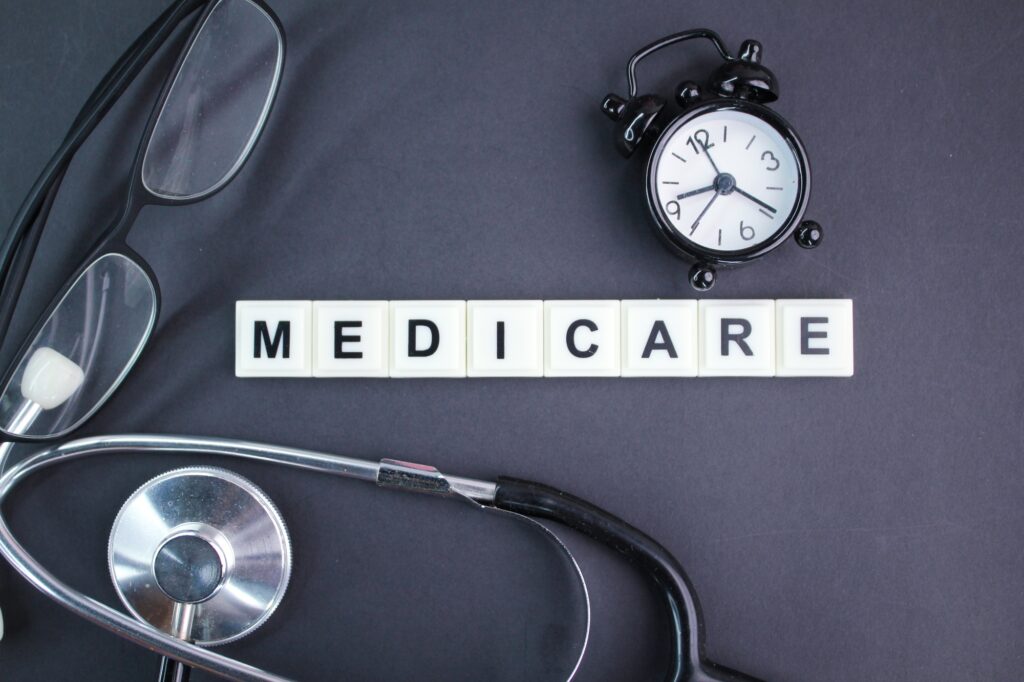Jesse Smedley is the Principal Broker for iHealthBrokers and the founder, president, and CEO of Smedley Insurance Group, Inc. and iHealthBrokers.com. Since the inception of SIG in 2007, Jesse has been dedicated to helping people save money on their health insurance by providing them with resources to educate themselves on all their health insurance options, both under age 65 and Medicare beneficiaries. He is featured in many publications as well as writes regularly for expert columns regarding health insurance and Medicare.
Medicare Savings Programs are Medicaid administered programs. They are jointly funded by the individual states and Medicaid. The benefits can vary quite a bit, but in general these programs are designed to help pay for monthly premiums, copays, and coinsurance associated with Medicare. First, of course, you must be enrolled in Medicare. Many, if not most, people are enrolled automatically. You’ll be eligible for Medicare if:
- You are over 65
- A US citizen and permanent resident
- You’re eligible for social security or railroad retirement benefits
OR, if you are under 65 and eligible through disability. If you want to learn all about Medicare Parts A & B, click here. If you are not automatically enrolled, contact your state’s social security office or logon to socialsecurity.gov.
Most people do not have to pay for Medicare Part A, but there is a premium for Medicare Part B. This premium is based on your income. Additionally, you may have copays or coinsurance for covered services. Based on the type of Medicare Savings Program you qualify for, you may be able to receive assistance.
Qualified Medicare Beneficiary Program (QMB)
To be eligible for the Qualified Medicare Beneficiary Program, you must meet resource and monthly income limits. Your resources are namely your liquid assets:
- Money in a checking or savings account
- Stocks
- Bonds
***You do not have to count up to $1500 set aside for any funeral expenses.
In 2020, the Individual resource limit is $7,860 and the married couple resource limit is $11,800. Your Individual monthly income limit is $1,084 and your married couple monthly income limit is $1,457. However, limits are slightly higher in Alaska and Hawaii. If you have income from working, you may qualify for benefits even if your income is higher than the limits listed. Also, limits tend to increase each year, so please apply even if you don’t meet these exact financial criteria.
benefits even if your income is higher than the limits listed. Also, limits tend to increase each year, so please apply even if you don’t meet these exact financial criteria.
If you are eligible for the Qualified Medicare Beneficiary Program, you will receive assistance paying for Part A and/or Part B premiums. Medicare providers aren’t allowed to bill you for services and items Medicare covers. This includes deductibles, coinsurance, and copayments, except outpatient prescription drugs. Also, you will be automatically enrolled in “Extra Help”, which is the program that helps pay for Medicare Part D. Pharmacists may charge you up to a limited amount no more than $3.90 for a generic covered drug.
Specified Low-Income Medicare Beneficiary Program (SLMB)
Like the QMB Program, the Specified Low-Income Medicare Beneficiary Program has monthly income limits and resource limits. For 2020, the individual monthly income limit is $1,296 and the married couple monthly income limit is $1,744. The individual resource limit is $7,86 and the married couple resource limit is $11,800. Because the income requirements are a little less stringent, the SLMP Program only helps pay for Medicare Part B premiums. However, you will still be automatically enrolled in the Extra Help program for Medicare Part D.
Qualified Individual Program (QI)
The Qualified Individual Program is a little but different. The income limits are a little bit less stringent, but it is harder to enroll. Applications are granted on a first-come, first-served basis. Additionally, you must re-apply every year. That being said, priority is given to those who are re-enrolling. Also, you cannot get QI benefits in conjunction with Medicaid benefits. For the Qualified Individual Program, your individual monthly income limit is $1,456 and your married couple monthly income limit is $1,960 (or higher in Alaska and Hawaii). The individual resource limit is $7,860 and the married couple resource limit is $11,800. The QI program will help pay for your Medicare Part B premiums. Also, you will still be automatically enrolled in the Extra Help program for Medicare Part D.
Qualified Disabled and Working Individuals Program (QDWI)
Finally, there is the Qualified Disabled and Working Individuals Program. The QDWI program will only help to pay for the Medicare Part A premium. Many people already have a $0 Part A premium. You may want to look into the QDWI program if:
- You’re a working disabled person under 65
- You lost your premium-free Part A when you went back to work
- You aren’t getting medical assistance from your state
However, if you are still working, once you’ve met the 40 working quarters required your monthly premiums will disappear. At that point, you will no longer need the QDWI program. However, in the meantime, it may help to ease your financial burden. Additionally, you’ll still need to meet specific financial criteria. The individual monthly income limit is $4,339 and the married couple monthly income limit is $5,833 (or higher in Alaska and Hawaii). The individual resource limit is $4,000 and the married couple resource limit is $6,000. With the QDWI program, you will not be automatically enrolled in Extra Help. However you can still apply with form SSA-1020B.
DSNPs & Medicare Savings Programs
Medicare Savings Programs are administered by Medicaid. Many who are eligible for these programs can use them in conjunction with a Dual Special Needs Plan. DSNP’s are a type of Medicare Advantage Plan that encapsulates the benefits of Medicare A, B, C, & D plus Medicaid. They are a great way to save money and have access to additional benefits. Not all Medicare Savings Programs work with DSNP’s though, so make sure to talk with your broker. Learn more here.
How Do I Enroll in a Medicare Savings Program?
If you’re unsure whether you qualify, you can contact your local medicaid office or head over to medicaid.gov for further details. Programs, such as the QI program are given out on a first come, first served basis, so make sure to apply early! You can also feel free to contact us here at iHealthBrokers at 888-918-0518. There is no charge for our services.







